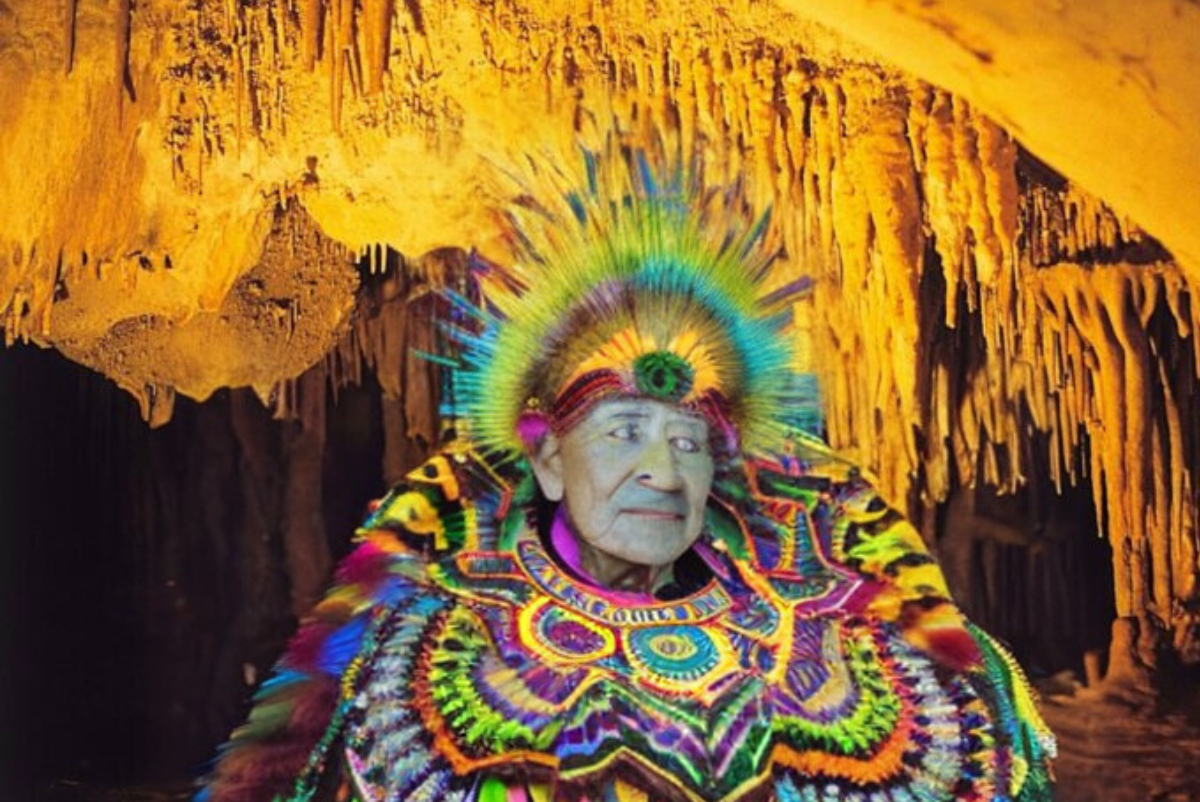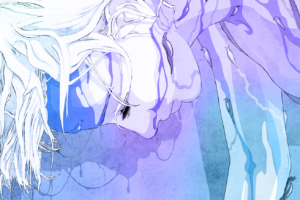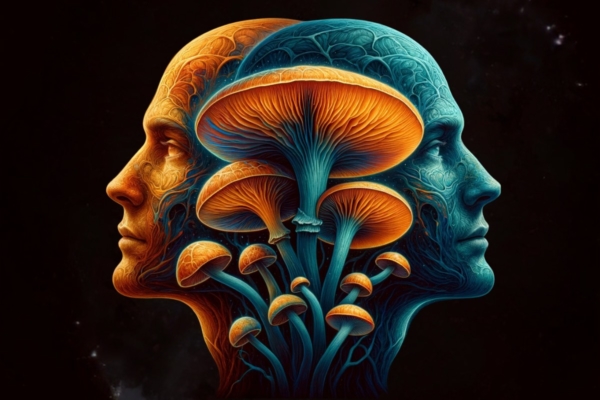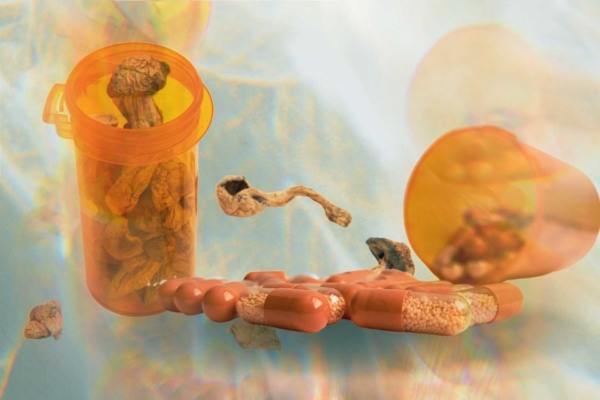
It is not secret that past cultures used psychedelics. There has been evidence showing that pre-Columbian Mesoamerican societies such as the Olmecs, Zapotecs, Maya, and Aztecs used psychoactive substances such as peyote, psilocybin mushrooms, salvia, 5-MeO-DMT, and Ololiúqui seeds. This year, new findings were published showing that hallucinogenic use was not unique to the Americas.
/https://tf-cmsv2-smithsonianmag-media.s3.amazonaws.com/filer_public/ac/a2/aca24ecf-7d8a-4532-86f2-d0f4fc2116a5/evidence-of-drug-use-d-4.jpeg)
A paper published earlier this year in Scientific Reports has found direct evidence of the use of multiple drugs during the Bronze Age in the Western Mediterranean. This has given us a deeper understanding of drug use throughout history. So how exactly did researchers find out people from 3,000 years ago in Spain used drugs?
In the Balearic Islands, specifically in Menorca, Spain, lies a burial and cult cave called Es Càrritx. In 1995, spelunkers found this cave, and once archaeologists began excavating it, they began to find its past use. In the cave were found the remains of around 210 people and sealed decorative containers full of strands of hair that were dyed red. Researchers suspect this cave was used for ceremonial purposes or as a funerary site.
/https://tf-cmsv2-smithsonianmag-media.s3.amazonaws.com/filer_public/c1/bf/c1bf9eae-dd92-4eff-9e6c-227e38be4539/evidence-of-drug-use-d.jpeg)
The hair strands that were found were then chemically analyzed using Ultra-High-Performance Liquid Chromatography-High Resolution Mass Spectrometry, which allows for the detection and identification of a broad range of metabolites. What this analysis found was traces of atropine and scopolamine, two alkaloids that can cause hallucinations, delirium, and altered states, as well as ephedrine, which is a stimulant that can increase alertness and excitement.
But why did this community take these plants? Well, the answer isn’t super clear yet. The archeologists think they were used by shamans during religious ceremonies. They used deductive reasoning based on the designs found on the hair containers, which were decorated with concentric circles, possibly symbolizing the altered states of consciousness felt after consuming these alkaloids.
Of course, Big Pharma had not yet dug its predatory talons in the flesh of society, so these ancient Spaniards were not popping pills. Instead, it is theorized that they used plants like mandrake, henbane, jimsonweed, and joint pine, all of which contain traces of these alkaloids. Scientists determined that these plants were not taken for one night or two, no – they were ingesting them over the course of at least a year. It is almost like living in the extended cut of Gaspar Noé’s Climax.
:focal(1033x639:1034x640)/https://tf-cmsv2-smithsonianmag-media.s3.amazonaws.com/filer_public/eb/98/eb98fcaf-7e62-4753-b5e0-1c8dc35b6bb4/evidence-of-drug-use-d-1.jpeg)
This was the first time that we have discovered direct evidence of drug consumption in Europeans. Before this, drug use was only theorized from indirect evidence like residue on pieces of pottery or depictions on ancient artwork. This also gives us another sense of what kind of plants were being used in Europe compared to the Americas. As aforementioned, pre-Columbian and pre-Hispanic civilizations were using fungi and plants more familiar to us such as psilocybin mushrooms and peyote. There have been rock paintings in Spain that suggest the use of psilocybin mushrooms among Europeans back in 4,000 BCE, but, again, this is conjecture. Finding actual traces of alkaloids in preserved hair is a monumental finding that unearths a whole new layer to ancient civilizations.
As society begins to re-accept the use of psychedelics, it is important to remember that the consumption of hallucinogens is not a modern practice. More evidence continues to show that it has been an integral part of society for thousands of years throughout all parts of the world. The uphill battle when it comes to these drugs is undoing decades of stigma that has been built around their use, but perhaps, knowing that our ancestors also turned to hallucinogenics, we can start to understand that they are simply a normal part of the human experience.
You may also like: A Brief History of Magic Mushrooms Across Ancient Civilizations





